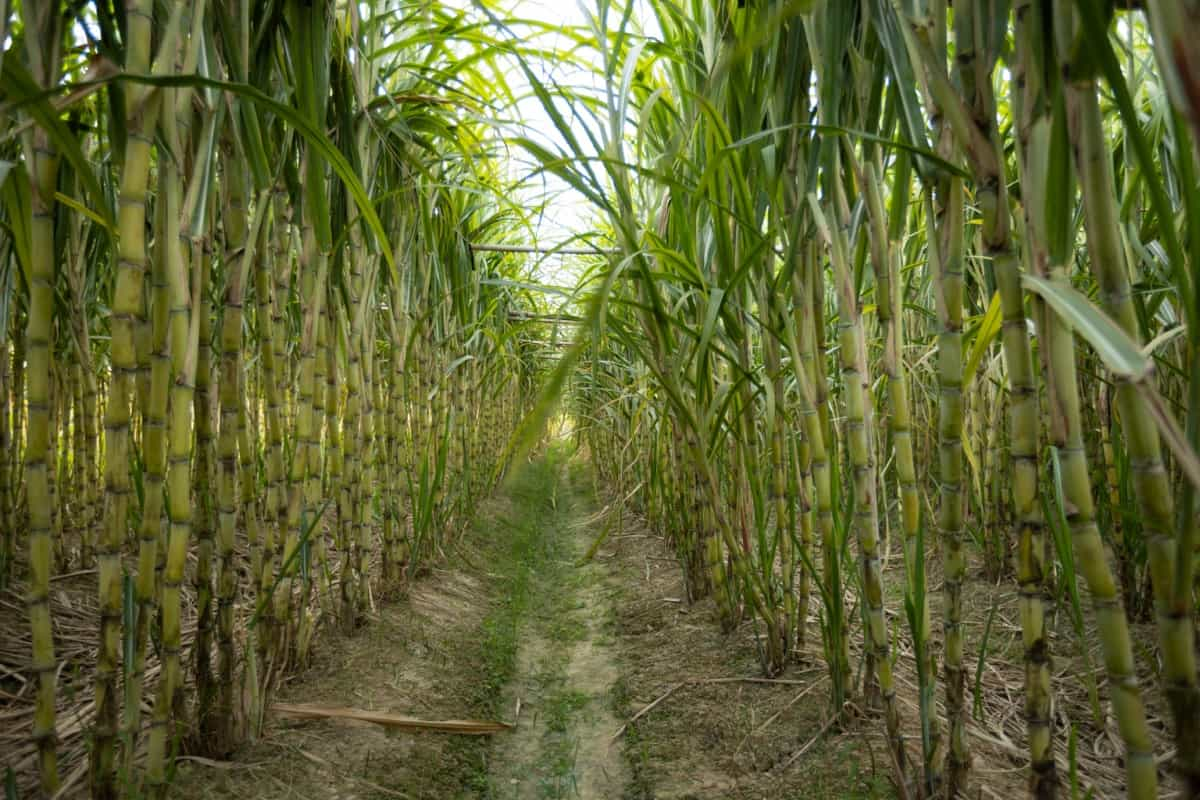Your cart is currently empty!

Exploring the Concept of Tree Hunger: Understanding Our Craving for Nature’s Giants
In the hustle and bustle of modern life, amidst the concrete jungles we’ve built and the digital landscapes we inhabit, there’s a growing sense of yearning—a deep-seated craving that often goes unnoticed or unaddressed. This yearning is not for material possessions or fleeting pleasures; rather, it’s a primal, almost spiritual hunger—for trees.
Yes, trees. Those silent sentinels of nature that have stood tall for millennia, witnessing the passage of time, weathering storms, and providing sustenance for countless forms of life. But why do we feel this profound longing for trees? What is it about these majestic beings that stirs something deep within our souls?
At its core, “Tree Hunger” can be understood as a visceral need for connection—with nature, with the earth, and ultimately, with ourselves. In a world increasingly characterized by urbanization and digitalization, we’ve become disconnected from the natural world, often at great cost to our physical, mental, and emotional well-being.
Scientific research has repeatedly shown the myriad benefits of spending time in nature, from reduced stress and anxiety to improved cognitive function and overall happiness. Trees, in particular, play a crucial role in this equation. Not only do they produce the oxygen we breathe and filter the air we pollute, but they also provide habitat for wildlife, prevent soil erosion, and contribute to climate regulation.
But perhaps even more importantly, trees have a profound effect on our psyche. Their towering presence elicits feelings of awe and wonder, grounding us in the present moment and reminding us of our place in the grand tapestry of life. Whether it’s the dappled light filtering through the leaves of a forest canopy or the gentle rustle of leaves in the breeze, trees have a way of soothing our souls and restoring our sense of balance.
Yet, despite their undeniable importance, trees are facing unprecedented threats in the modern world. Deforestation, urban sprawl, climate change, and invasive species are all taking their toll on the world’s forests, leaving vast swathes of barren land in their wake. As trees disappear, so too does our connection to the natural world, exacerbating the very problems that led to their decline in the first place.
So what can be done to satisfy our Tree Hunger and restore our connection to nature? The solutions are as diverse as the ecosystems they seek to protect. From grassroots conservation efforts to large-scale reforestation projects, there are countless ways individuals and communities can make a difference.
Planting trees in urban areas, protecting old-growth forests, supporting sustainable logging practices, and advocating for stronger environmental policies are just a few examples of actions we can take to preserve and replenish our planet’s precious tree cover. But perhaps the most important step we can take is simply to rekindle our sense of wonder and reverence for the natural world—to see trees not just as a resource to be exploited, but as living beings deserving of our respect and protection.
In the end, our Tree Hunger is not just a longing for the physical presence of trees, but a deeper yearning for connection, meaning, and purpose in a world that often seems disconnected and chaotic. By nurturing this hunger, by feeding it with the beauty and majesty of the natural world, we can rediscover our place in the web of life and cultivate a more harmonious relationship with the earth and all its inhabitants.
So the next time you find yourself yearning for something you can’t quite name, take a step outside, breathe in the fresh air, and listen to the whispered wisdom of the trees. You may just find that what you’ve been searching for has been right in front of you all along.
Latest Posts
Categories
Tags
There’s no content to show here yet.






Leave a Reply